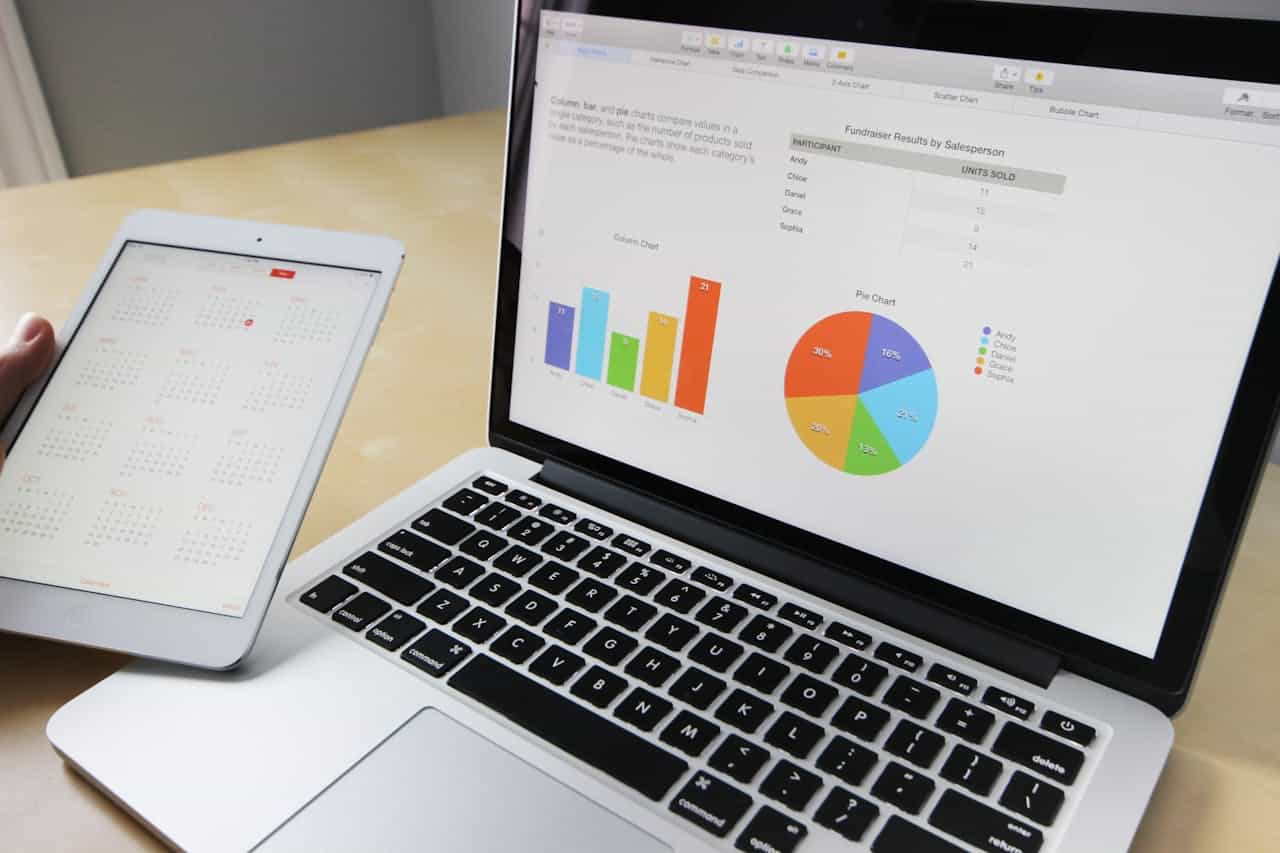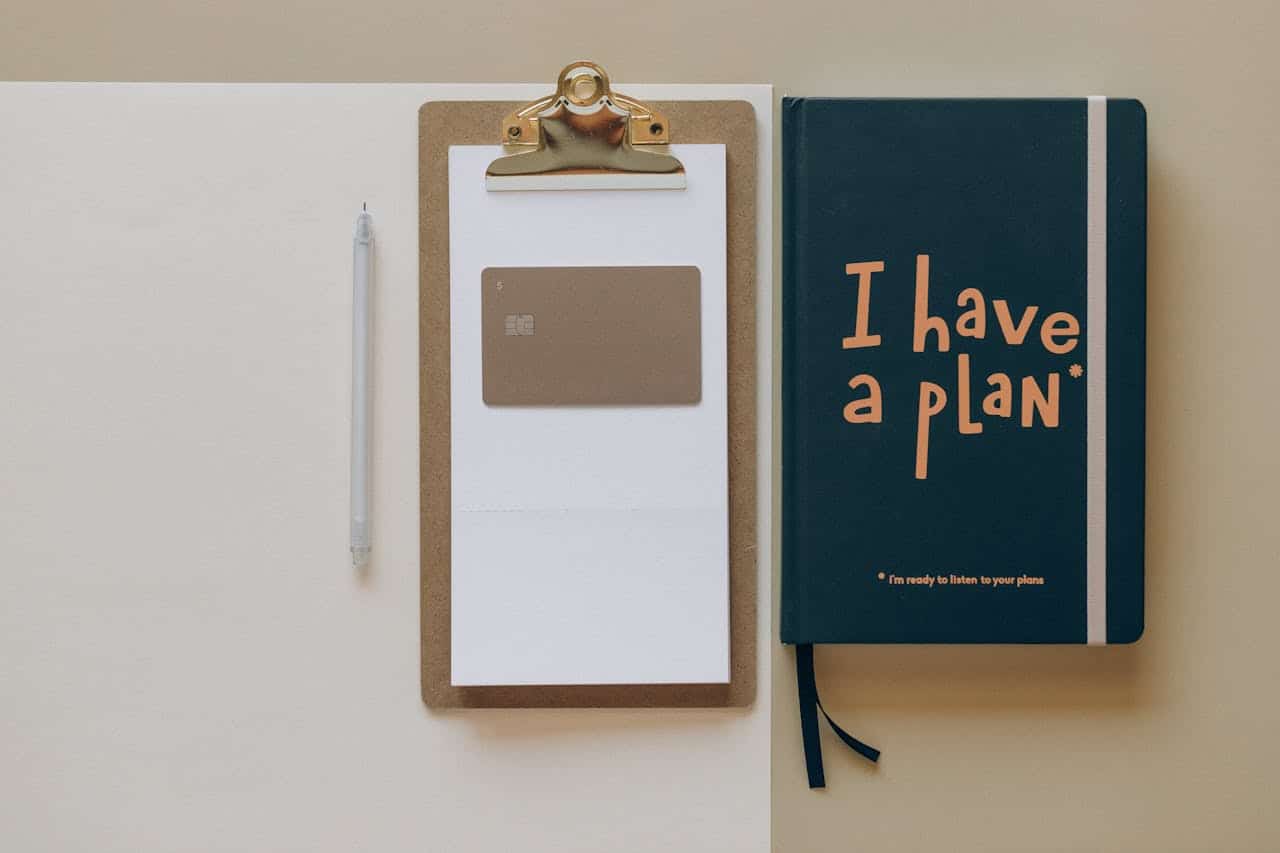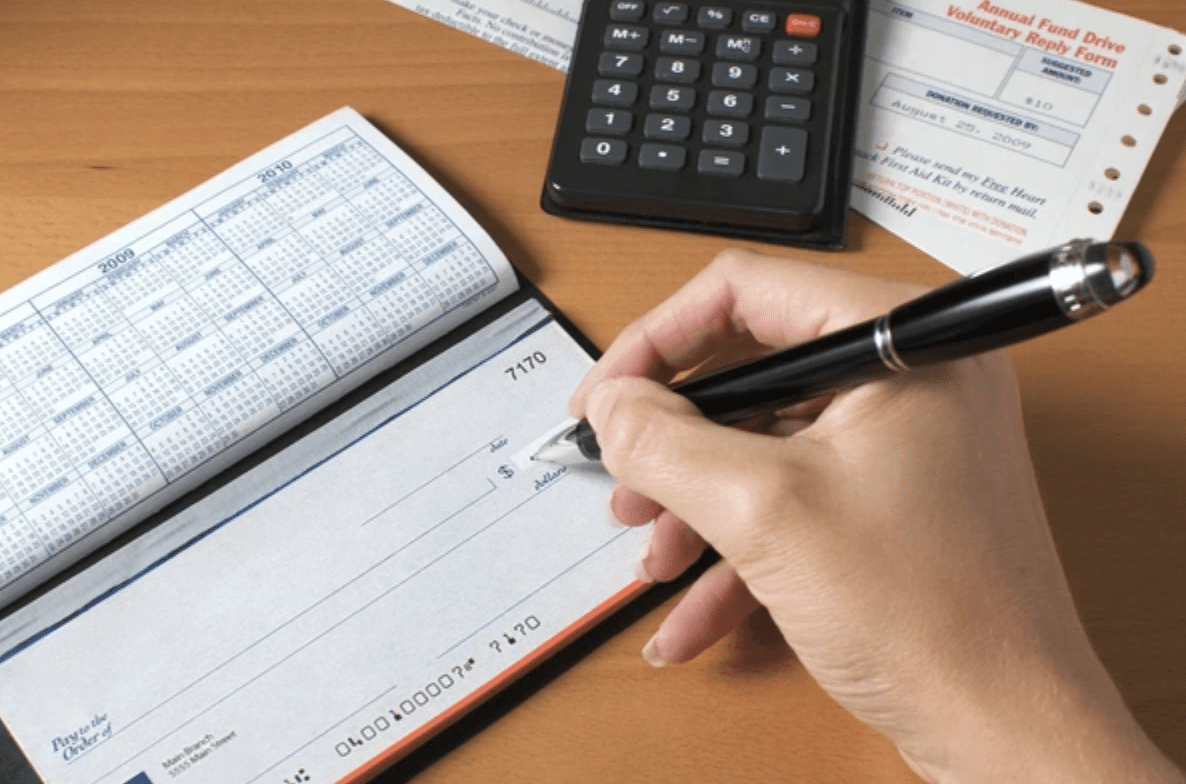There are several advantages to buying a house without a mortgage loan. Cash eliminates costly interest that is paid over the life of the loan. Origination fees and other closing costs that lenders charge are not required for cash buyers. The buyer with a fist full of money will probably be chosen first by the seller in a competitive market.
These transactions are the exception rather than the norm, especially in the average residential home sale sector. Most buyers apply for a mortgage to buy a home. And most lenders require borrowers to put a percentage of the cost of the home as a down payment. In recent years, the “20% down” rule has been relaxed because of more lenient lending practices. Nevertheless, a house is a big ticket item; even a small percentage can be hard to come by.

Even 3 to 5 percent of the cost can take some time to save up in addition to closing costs. The money for the down payment cannot come from another loan. Although some lenders will accept proceeds from gifts, most of the money should come from some type of savings account. Enterprising home buyers use a variety of practical ways to get that extra cash to save for a down payment.
1. Become an expert at taking advantage of government funds offered to home buyers.
Practically every government entity provides down payment assistance and also programs with lower interest rates. Federal, state, and local funding is available in different forms as an incentive for people to buy housing. Buyers can challenge themselves to leave no stone unturned to find opportunities to apply for homeownership funds. Government websites provide a wealth of information. Talking to friends and relatives can also uncover helpful information.
2. Younger adults who have run out of options can borrow money from their retirement account to make a down payment.
They become their own lender since the money borrowed, plus interest, has to be repaid into the account. Employers usually stop contributions until the loan is paid. And payment in full is due if the employee loses their job. Although this is far from the best option, it has gotten more than a few young people into a home – with time to spare to pay it back before retirement.
3. Using money from gifts doesn’t have to stop at cash gifts given by friends or family members.
Proceeds from a GoFundMe account is also accepted as a legitimate down payment source by many lenders.
4. Limit credit card use to reduce interest rate accumulation.
The money spent each year on credit card purchases and interest can add up to thousands of dollars each year. This money can be saved for a down payment. Paying off credit cards is a difficult undertaking, but not impossible. But if an individual is really determined to buy a home, stopping credit card use and paying off the balances is a way to reach their mark.
5. Most people don’t realize how much cash they can raise by purging material possessions.
Gold jewelry or other items that are either out of style or no longer worn can be sold for serious cash. There are thousands of storage facilities that sit for years filled with unwanted furnishings and other items. Their owners don’t stop to think they are sitting (or not sitting) on money that could go toward a down payment. The same goes for selling off unworn expensive clothing, shoes, and memorabilia. It’s easier than ever to purge with Facebook and other online marketplaces.



6. Social network butterflies have a wide-open field of opportunities for making money online.
Sharing videos and pictures are ways to make money 24 hours a day. People all over the world work online as virtual assistants, writers, editors, and graphic designers in their spare time to earn extra money.
Another way to earn an income online, from the comfort of your home, is to try trading stocks. Of course there is more risk with this activity, as your trading efforts may actually result in losing money, so be careful with allocating an affordable budget to trading online.
You can use this resource to learn about the most popular trading platforms, and see if you with to try one out.
7. Adjusting household expenses can free up some down payment money.
For instance...
- Downsizing or eliminating cable television saves some people hundreds of dollars each month!
- Car insurance coverage can be lowered if the vehicle isn’t used to commute.
- Increasing deductibles and combining several policies can also cut the monthly insurance bill.
- Gym memberships can be turned into exercising at home and eating out can turn into a romantic evening cooking together.
All consumers can look for ways to stretch their dollars by tweaking how their household budget is spent.
8. Consider a roommate.
This suggestion is not for everyone but there are plenty of young people living together in rental property in complete harmony. Who’s to say they can’t put their money together and purchase a home? For long-term living partners who don’t have plans to change their circumstances, going in together on a home is a wise investment made easier.
9. Take on a side hustle to earn extra money.
Side hustle is the newest phrase for what used to be called moonlighting. Simply put, it’s working a second job off hours from main employment. There are too many opportunities to name; a side hustle can mean a few hours driving other people around to teaching night school students. It’s a tried and true method for making extra money for any reason.
10. Double, triple, or quadruple saving efforts by keeping track of spending and changing money habits.
Having money automatically transferred to a separate account is a way to save without thinking about it. Creating boundaries when it comes to spending might mean having an accountability partner to answer to when tempted to overspend. Until the buyer reaches their down payment savings goal, they should question every dollar that goes out to be spent on an unnecessary purchase. Chances to save money are around every corner. Stiff competition makes finding sales on goods and services a breeze. Coupons can be “clipped” right online and used to get discounted prices.
There’s no magical shortcut for the average home buyer to get money for a down payment. Success is achieved by process, just like anything else worth having.
It is vital for the potential homeowner to make sure they are not setting themselves up for failure by trying to save for a house they cannot afford. Running the numbers on a down payment calculator is the best way to discover what a reasonable goal is for the individual. Then the time will come to create strategies that create an affordable home.
And they become second nature once they are done on a consistent basis, which means the same principles can be applied to other long-term savings goals in life.
It is essential to maintain a persistent mindset when it comes to using practical ways to save for a down payment on a home. There will be times of discouragement, especially when it seems like there is no progress. But consistency is rewarded with results; those dollars add up one by one.













